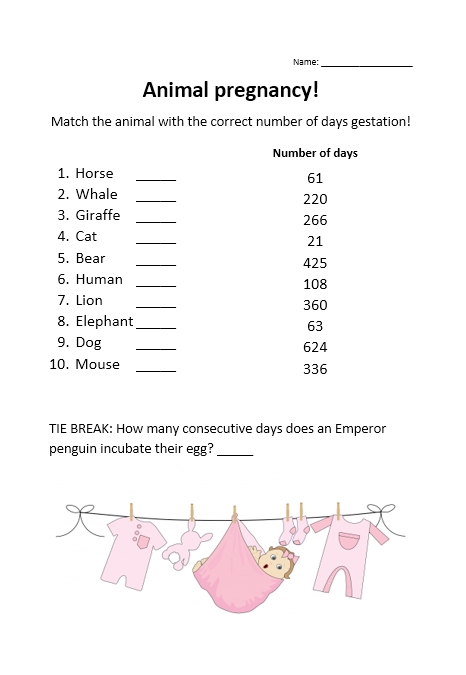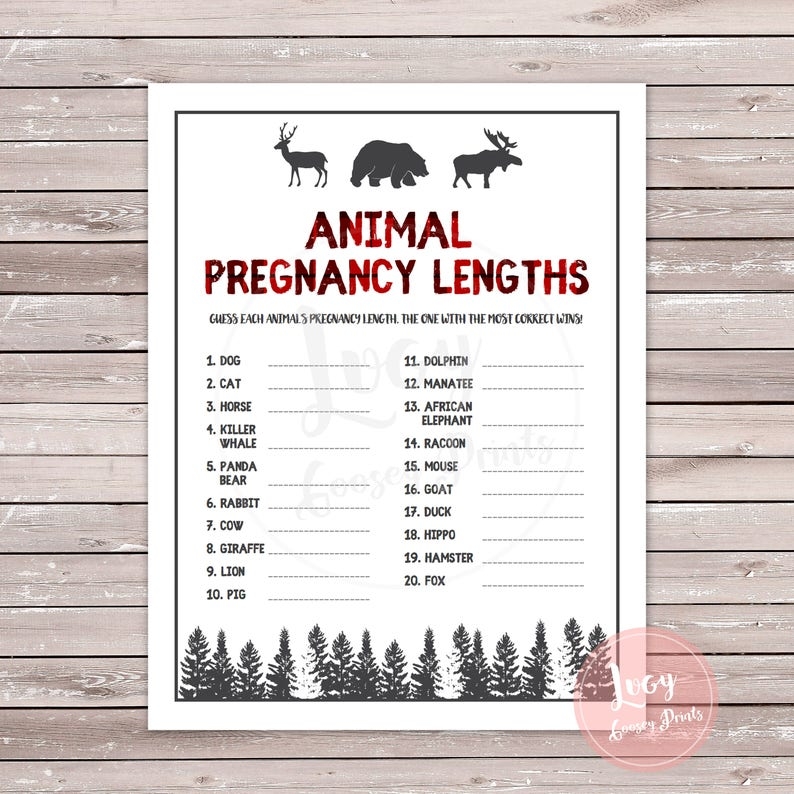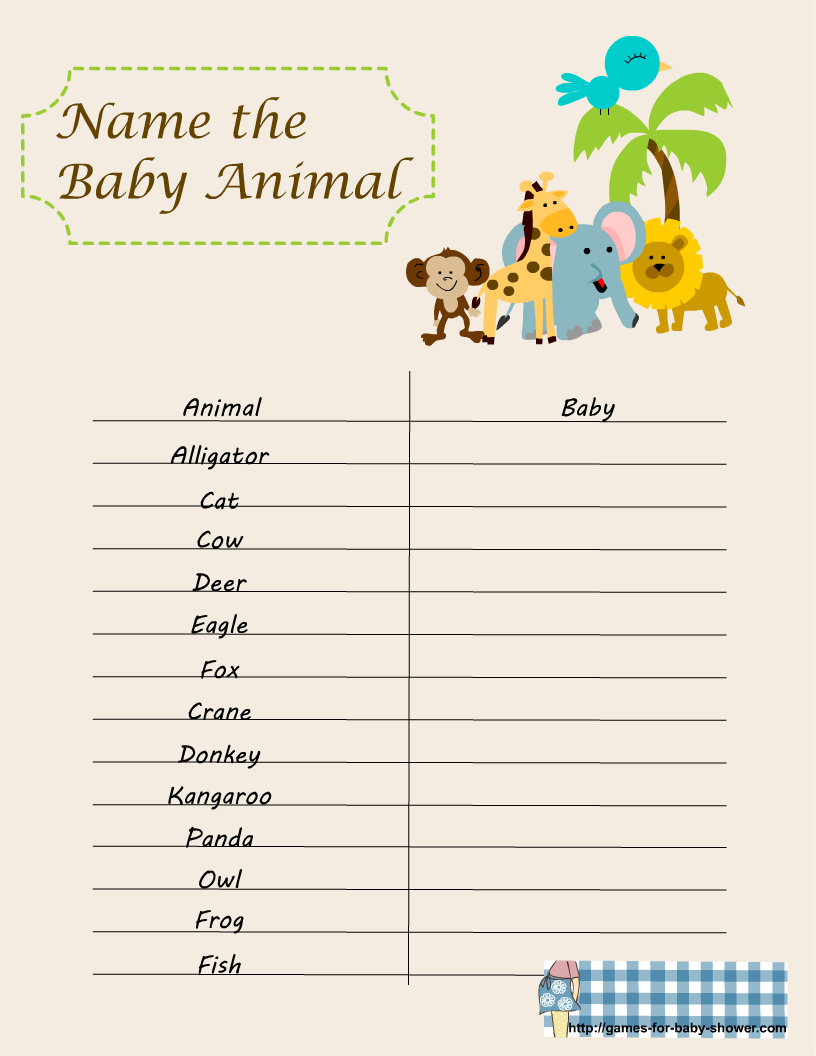If you’re a dog owner, you know how important it is to keep your furry friend healthy and happy. One way to do that is by ensuring they have a balanced diet that meets all their nutritional needs.
One popular option for dog owners is grain-free dog food. But what exactly does “grain-free” mean, and is it the right choice for your pup? Let’s dive into the world of grain-free dog food to find out.
Benefits of Grain-Free Dog Food
Grain-free dog food is made without any grains such as corn, wheat, or soy. This can be beneficial for dogs with food sensitivities or allergies to grains. It can also help maintain a healthy weight and promote better digestion in some dogs.
Some dog owners believe that grain-free diets more closely mimic what dogs would eat in the wild, as their ancestors primarily ate meat. This can lead to a diet that is higher in protein and lower in carbohydrates, which may be beneficial for some dogs.
Grain-free dog food can also be a good option for dogs with certain health conditions, such as diabetes or obesity. Since these diets are often higher in protein and lower in carbohydrates, they can help regulate blood sugar levels and promote weight loss.
However, it’s important to note that not all dogs necessarily need a grain-free diet. Some dogs do well on diets that include grains, and cutting them out entirely may not be necessary. It’s always best to consult with your veterinarian before making any changes to your dog’s diet.
In conclusion, grain-free dog food can be a great option for some dogs, especially those with food sensitivities or allergies. However, it’s important to consider your dog’s individual needs and consult with a professional before making any changes to their diet.



